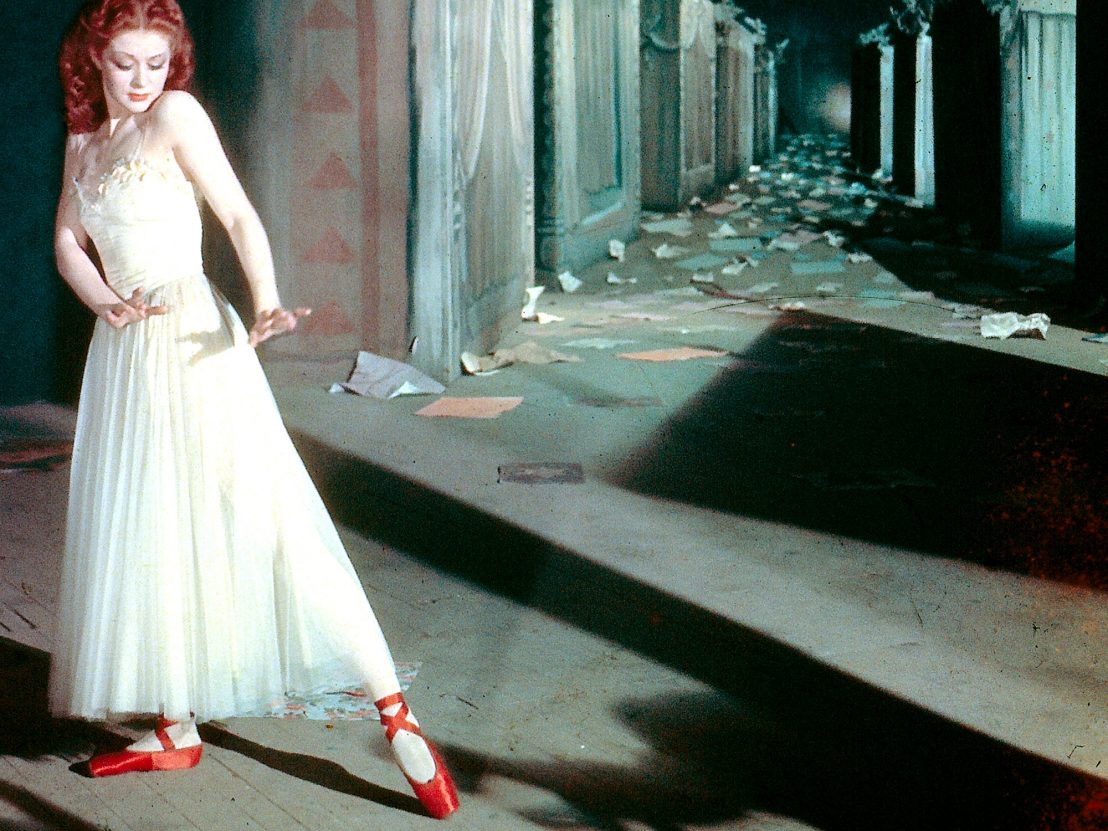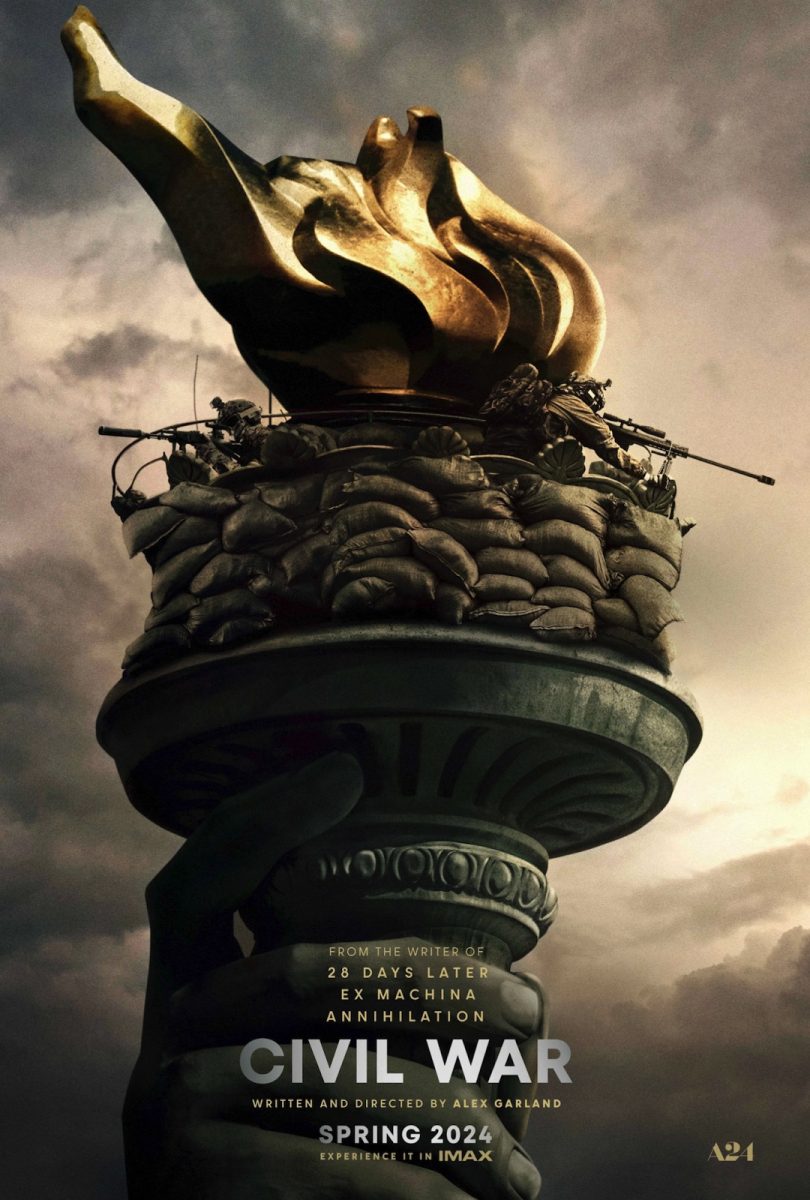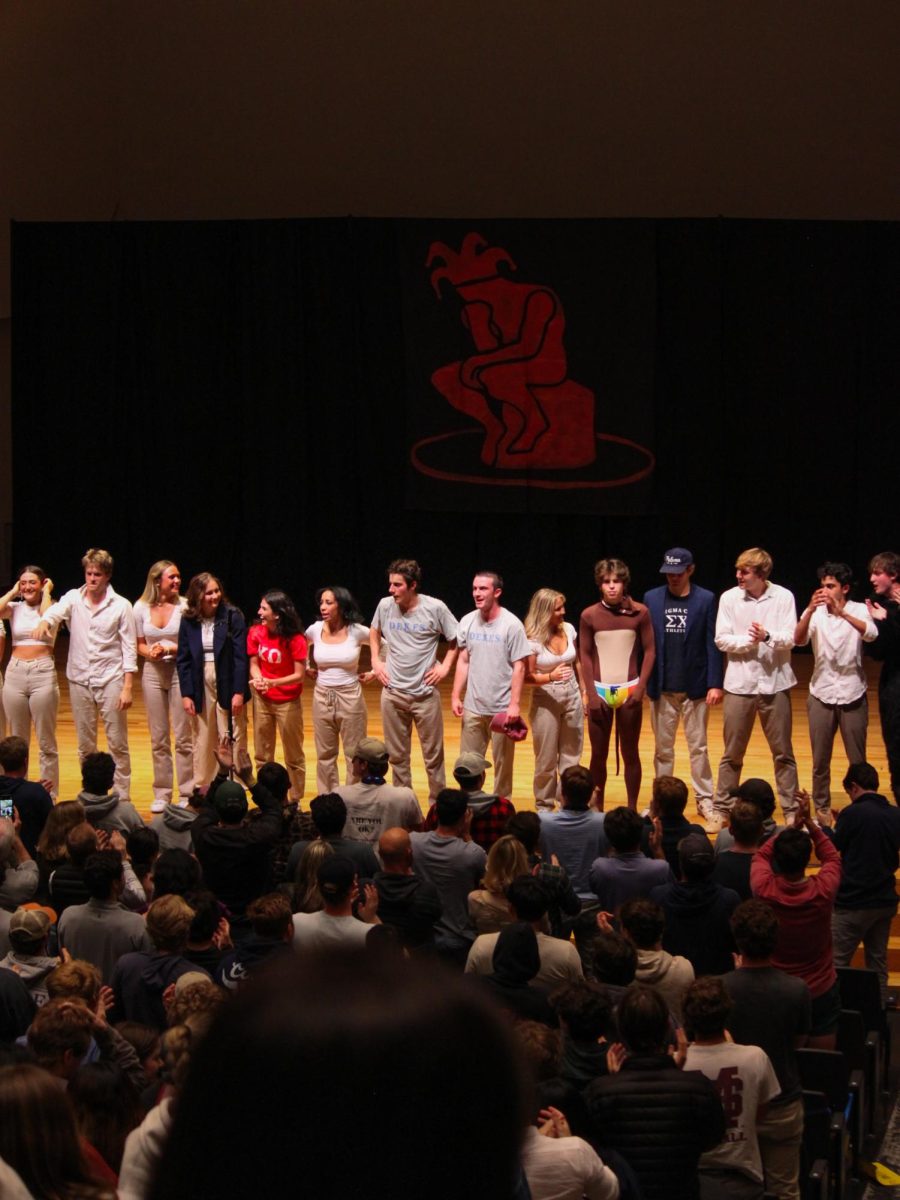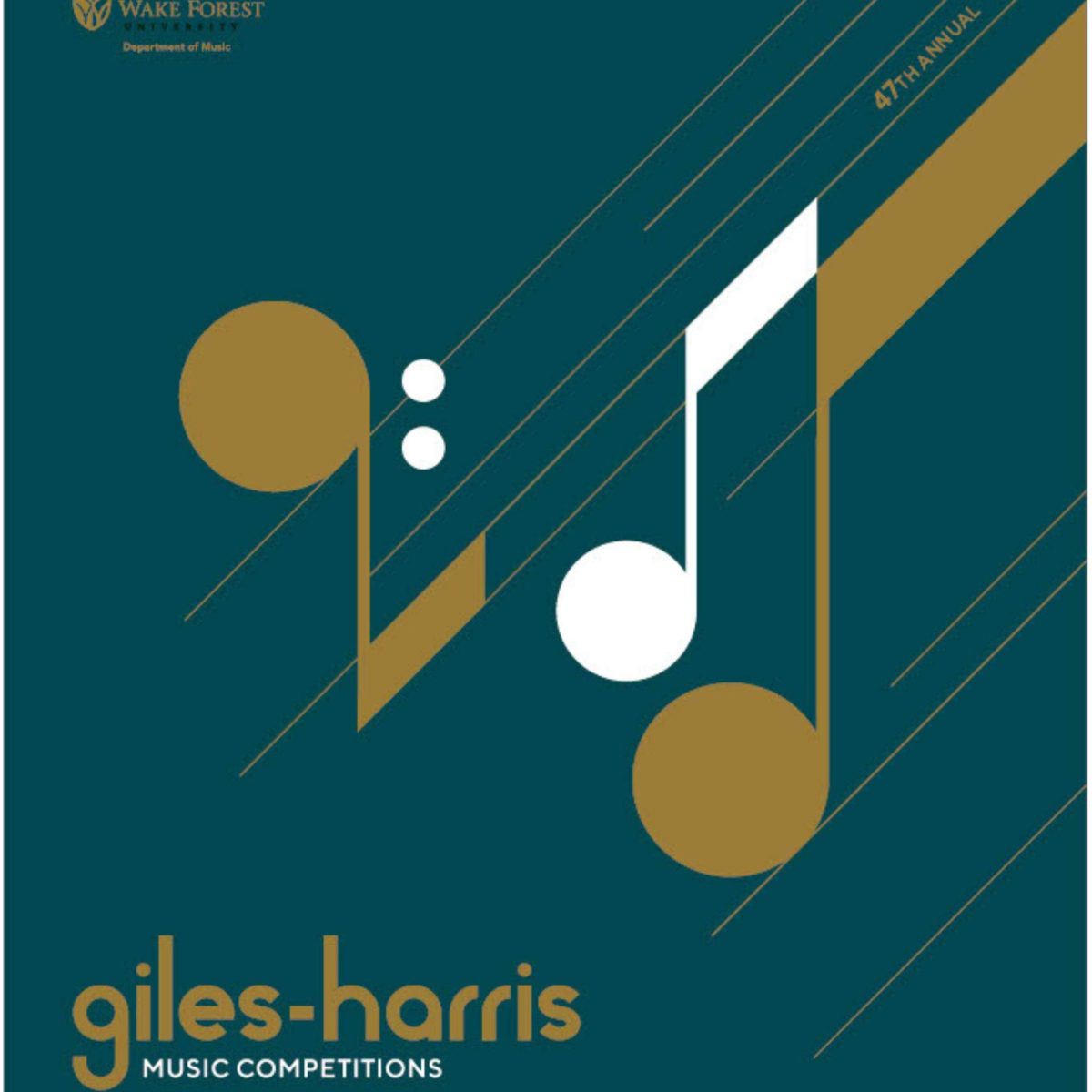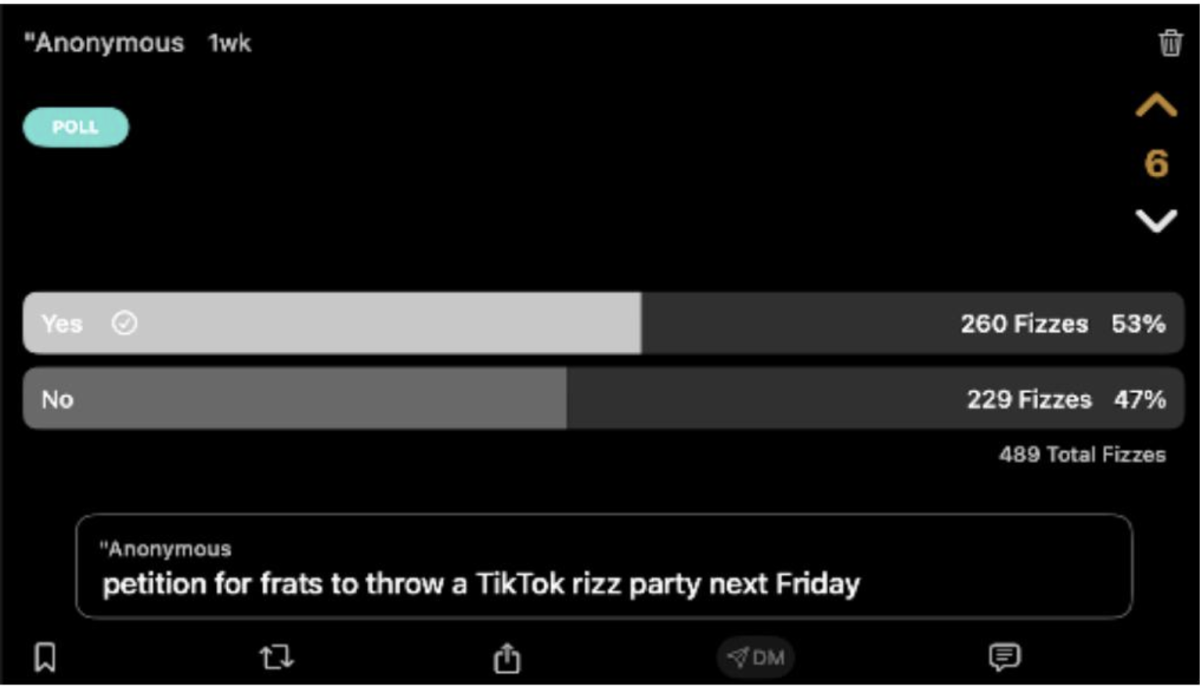The veil between our world and the supernatural grows thin as the days nearing Halloween dwindle — it’s time to embark on a journey through a haunting realm of indie cinema that will send shivers down your spine.
These films are handpicked from the depths of the archives — a dark odyssey through the eerie, the unsettling and the uncanny — a testament to the haunting ingenuity of their creators. From the silent terror of “Nosferatu,” to the surreal nightmare of “Suspiria,” prepare to be ensnared by the enigmatic and captivated by the unknown.
“Nosferatu” (1922)
A seminal moment in the annals of horror cinema, the silent and monochromatic (un)official adaptation of Bram Stoker’s novel “Dracula” is an early example of German expressionism in horror films. This continues to be the oldest movie in my film log and remains a Halloween mainstay, if only for Max Schreck’s iconic portrayal of the vampire Count Orlok, which continues to terrify audiences over a century later. “Nosferatu” not only established the archetype for future vampire narratives, but also endures as a poignant symbol of silent film’s unparalleled ability to evoke fear and fascination in the imagination of audiences.
“The Red Shoes” (1948)
One of two ballet films on this list, this psycho-drama crafted by the British cinematic duo Michael Powell and Emeric Pressburger delves into the subtly sinister world of ballet, focusing on the danse macabre of talented young dancer Victoria Page, portrayed by Moira Shearer. Her love for dance foregrounds the sacrifices and obsessions that often accompany the relentless pursuit of one’s passion, all exquisitely rendered through the film’s use of color, music and choreography.
“The Birds” (1963)
Hitchcock is the master of treading the line between suspense and horror. Set in the picturesque coastal town of Bodega Bay where a series of inexplicable bird attacks shatter the calm, Hitchcock’s suspense-building technique showcases an exploration of human vulnerability in the face of unpredictable and relentless natural forces.
“Onibaba” (1964)
A haunting masterpiece of Japanese cinema, said to have “scared the s—” out of “Exorcist” director William Friedkin, the titular Onibaba haunts the rural 14th-century Japanese landscape. Living under the chaos of a lawless, war-torn prefecture, a mother and daughter-in-law eke out a meager existence in a desolate marshland. Their lives take a sinister turn when they encounter a wounded soldier, leading to a gripping exploration of survival, morality and the abyss of human desire. Kaneto Shindo’s direction, complemented by the sinister black-and-white cinematography, cultivates a pervasive and eerie atmosphere that leaves a lasting mark on the world of international horror.
“Rosemary’s Baby” (1968)
With “Rosemary’s Baby,” Roman Polanski redefined the genre, rivaling Hitchcock for the title of reigning king of psychological thriller. Rosemary Woodhouse (Mia Farrow) moves into a New York City apartment building with her husband Guy (John Cassavetes), where she becomes pregnant and begins to suspect that her neighbors, an elderly couple next door, have sinister plans for her unborn child. The slow-building sense of dread creates an atmosphere of paranoia and unease, with the film’s unsettling climax forever etching itself into cinematic history.
“House” (1977)
Nobuhiko Obayashi’s comedy-horror revolves around a group of teenage girls who venture to a seemingly idyllic countryside mansion, only to encounter a series of bizarre and supernatural occurrences. Obayashi’s direction brings a hallucinatory and eccentric quality to the film, reminiscent of the stop-motion adaptation of “Hansel and Gretel” I watched as a child in between fistfuls of Halloween candy. The offbeat storytelling and inventive visual effects captivate audiences with its whimsical and nightmarish exploration of the human psyche.
“Suspiria” (1977)
Dario Argento is undoubtedly the maestro of Italian horror cinema, and “Suspiria” is the movie I always rewatch as soon as I detect the slightest chill. The story centers on Suzy, a young American dancer, who arrives at a prestigious German ballet academy, only to discover that it conceals a sinister secret. The saturated colors and inventive set design create an immersive dreamscape where horror manifests in its most nightmarish forms. The unforgettable score by Goblin defines this movie for me, and “Witch” always finds its way onto my Halloween playlist.
“Blood Tea and Red String” (2006)
What could be creepier than meticulously hand-stitched puppets that evoke an uncanny disquietude? Christiane Cegavske accomplishes just that and more in her extraordinary and visually enchanting stop-motion animated film that defies traditional storytelling conventions. The plot follows a group of anthropomorphic creatures who embark on a mysterious quest to create the perfect doll-like being, blurring the lines between fairy tale, folklore and surrealism. Cegavske’s meticulous attention to detail in the handcrafted puppets and sets, coupled with a hauntingly evocative musical score, results in a cinematic experience that feels like a vivid and immersive dream.
“Inland Empire” (2006)
In true David Lynch fashion, “Inland Empire” evades certainty and devolves into scenes of mounting surreality and terror, portraying the depravity of Hollywood without compromise. As Letterboxd user evildeadrise put it, “5 stars just for being able to scare the s— out of me. I’m not going to even bother trying to understand what happened. I don’t want to think about this movie ever again.”
“Melancholia” (2011)
Here’s a scary thought: what would you do if you were faced with the impending end of the world as you know it? Lars von Trier borrows from his own experience with depression to examine the complexities of “being and nothingness” (i.e. existential dread). Set against the backdrop of an impending planetary collision, the plot revolves around the despondent new bride Justine (Kirsten Dunst) and her sister Claire (Charlotte Gainsbourg). Their strained relationship becomes further tested as a rogue planet called Melancholia approaches Earth, threatening catastrophic consequences. A poignant and haunting allegory for the complexities of depression and the fragility of human existence, “Melancholia” is a slow burn, quietly building anticipation that leads to an eruption of cathartic emotion in a sweeping final blow.


